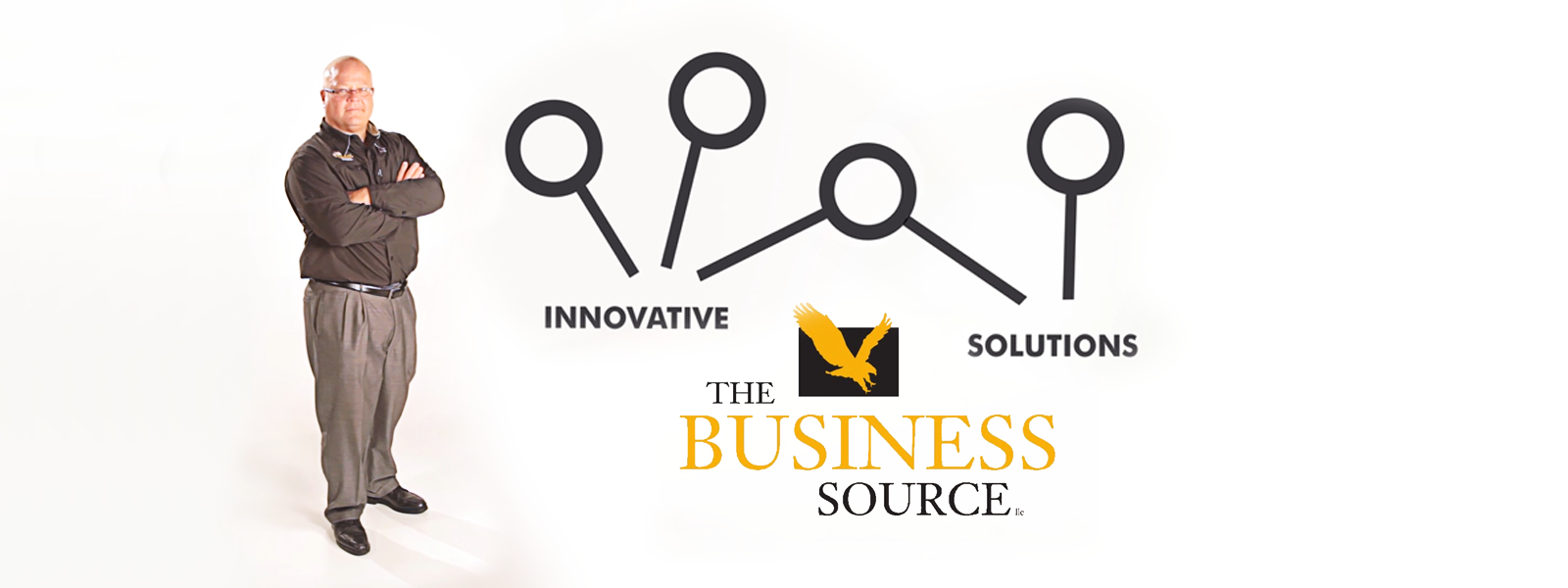
What Are They Really Thinking?
New research from Spong, reported by Alex Palmer, on brand perception and buyer behavior reveals surprising gaps between what marketers think consumers believe and what consumers actually believe. The study found that when evaluating brands, consumers put far greater value on their own personal experience and that of their close friends and family than they do on what experts believe or the brands themselves say. 74% of respondents cited personal experience as their preferred source for gathering accurate information about companies, with 59% pointing to family, friends, or colleagues as a trusted source. Rounding out the top three was product or service reviews, at 48%.
When seeking accurate information about brands, consumers expressed far less reliance not only in the companies themselves, but in experts and the media. Far smaller percentages of respondents relied on:
• Advertising (23%)
• Third-party expert reviews (22%)
• A brand’s own website (15%)
• Editorial coverage and news reports (14%)
These findings surprised marketing experts, who expected shoppers to put much higher value on their insights. 32% of these respondents expected third-party expert reviews to be a top source of information for consumers when evaluating brands, but actually underrated the significance of advertising to consumers (at 6%).
The research not only uncovered the attributes consumers generally value in brands, as indicated in this report, but also how they differ between age groups, says the report.
Consumer Most Valued Brand Attributes (By Age Group)
Overall quality of the product or service
18 to 34 63%
35 to 54 71%
55 and above 75%
Value of the product or service for the money
18 to 34 62%
35 to 54 69%
55 and above 71%
Customer service
18 to 34 38%
35 to 54 4 43%
55 and above 42%
How well they treat their employees
18 to 34 17%
35 to 54 13%
55 and above 11%
The quality of their management
18 to 34 14%
35 to 54 7%
55 and above 4%
Source: Spong, October 2015
When asked to name the three things they value most in a brand, consumers offered a wide range of opinions, many of which came back to their own personal value systems. A large majority of shoppers cited:
• Overall quality of a product or service (70%)
• Value of a product or service for the money (67%).
Substantial, but smaller, portions of consumers pointed to:
• Customer service (41%)
• Organization’s integrity (28%)
• Treatment of employees (14%)
• How their customers view them (12%)
However, when marketers were asked to identify the top three things they expected consumers to value most in a brand, their responses had much less range, with the vast majority citing the “big three” of:
• Overall product/service quality (85%)
• Value for the money (68%)
• Customer service (51%)
Less than 1% expected sustainability/environmental responsibility or management quality to play a role in customer decisions (versus 9% and 8% of consumers, respectively); and just 5% pointed to how brands treated employees (versus 14% of consumers).
Consumers also put more importance on whether a brand is local far more often than marketers anticipated. 30% of shoppers said they would always or most of the time choose local over national brands, all things being equal, while only 12% of marketers would expect that sentiment based on their responses to the survey, says the report.
All these trends build on differences in how consumers evaluate brands and how marketers think they evaluate them. Among the focal points of this earlier research was gaining insights on how often consumers actually talk about brands (far less than marketers believed), how forgiving consumers are when brands make mistakes (less so than marketers believed), and how highly consumers value editorial (more than marketers believed) and social media (less than marketers believed) as sources of information on brands.
In concluding, says the report, the research paints a picture that should serve as a wake-up call for marketers, whose stock in trade is understanding what triggers consumer behavior. As the research reveals, marketers over-valued a few key customer concerns at the expense of the wide range of other issues affecting their decision-making. And, in certain cases, professionals also assumed consumers held much stronger opinions of brands, whether positive or negative, than they actually do.
That said, marketers could certainly view these findings as the glass half full, opines the report. The high level of neutral opinions on brands reflects plenty of room for consumers to be convinced in one direction or another. A better understanding of how consumers truly feel, along with an open mind to concede some misjudgments on their part, will serve marketers well, concludes the report.
According to the report, results are not weighted and are statistically tested at a 95% confidence level
Additional information from Spong, including more charts, can be found in the Whitepaper here.









